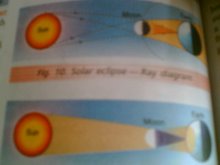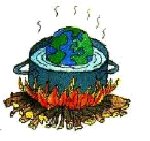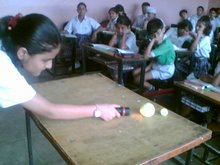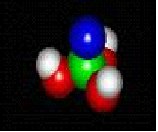
Magnets are very common items in the workplace and household. Uses of magnets range from holding pictures on the refrigerator to causing torque in electric motors. Most people are familiar with the general properties of magnets but are less familiar with the source of magnetism. The traditional concept of magnetism centers around the magnetic field and what is know as a dipole. The term "magnetic field" simply describes a volume of space where there is a change in energy within that volume. This change in energy can be detected and measured. The location where a magnetic field can be detected exiting or entering a material is called a magnetic pole. Magnetic poles have never been detected in isolation but always occur in pairs, hence the name dipole. Therefore, a dipole is an object that has a magnetic pole on one end and a second, equal but opposite, magnetic pole on the other.
A bar magnet can be considered a dipole with a north pole at one end and south pole at the other. A magnetic field can be measured leaving the dipole at the north pole and returning the magnet at the south pole. If a magnet is cut in two, two magnets or dipoles are created out of one. This sectioning and creation of dipoles can continue to the atomic level. Therefore, the source of magnetism lies in the basic building block of all matter...the atom.













































